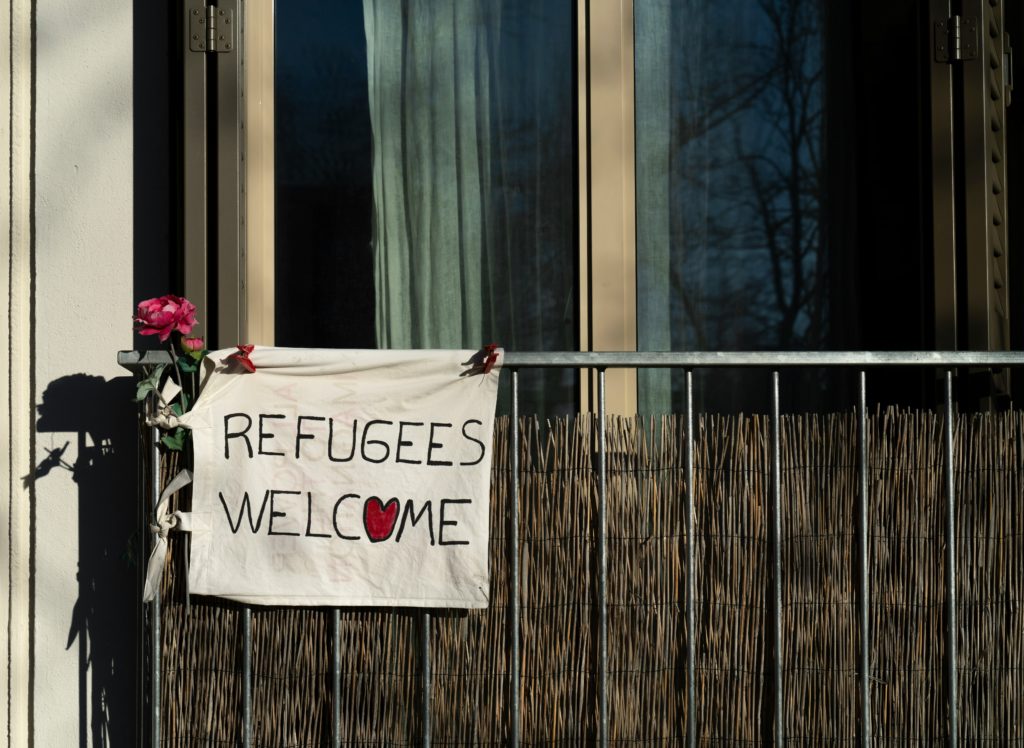The Migration Consortium, together with Save the Children Poland/Humanitarian Leadership Academy, is publicising a report entitled “A tale of two borders. Double humanitarian standard in the refugee reception. The case of Poland”.
The report analyses the phenomenon of double standards in humanitarian aid, which has emerged in the process of accepting refugees in Poland since 2021, in the face of two migration crises. It highlights a clear contrast between the mechanism for admitting refugees from Ukraine and the reception of refugees from the Middle East and North Africa attempting to cross the Polish-Belarusian border. The report presents testimonies from aid workers, local and international organisations, their motivations and the challenges they face on one or both borders.
We answer the following questions:
- How does the humanitarian response on the Ukrainian border differ from that on the Belarusian border? What are the similarities?
- What consequences may result from these differences and similarities?
- What are the experiences and motivations of individuals and organisations involved in humanitarian aid? How do they see the prospects and limitations of their work?
Main conclusions and observations from the humanitarian response in Poland:
- On the Polish-Belarusian border, humanitarian activities are mainly carried out by grassroots groups of activists, volunteers and local residents acting informally. Activists are forced to operate in secret, often exposed to violence and criminalisation of solidarity activities.
- On the Ukrainian border, support was provided on a much larger scale, openly and with public support. Humanitarian aid in March 2022 was provided by both formal and informal actors, including international organisations and UN agencies, state institutions and the private sector.
- Organisations and grassroots activist groups operating on the Polish-Belarusian border face greater difficulties in financing their activities. The withdrawal of international actors from Poland seriously hinders and, in some places, prevents the stability of activities on both borders, although the needs remain.
- The humanitarian crisis on both borders continues, and the local humanitarian response has become more professional, but the uncertain financial and political future and the general anti-migration trend call further action into question.



